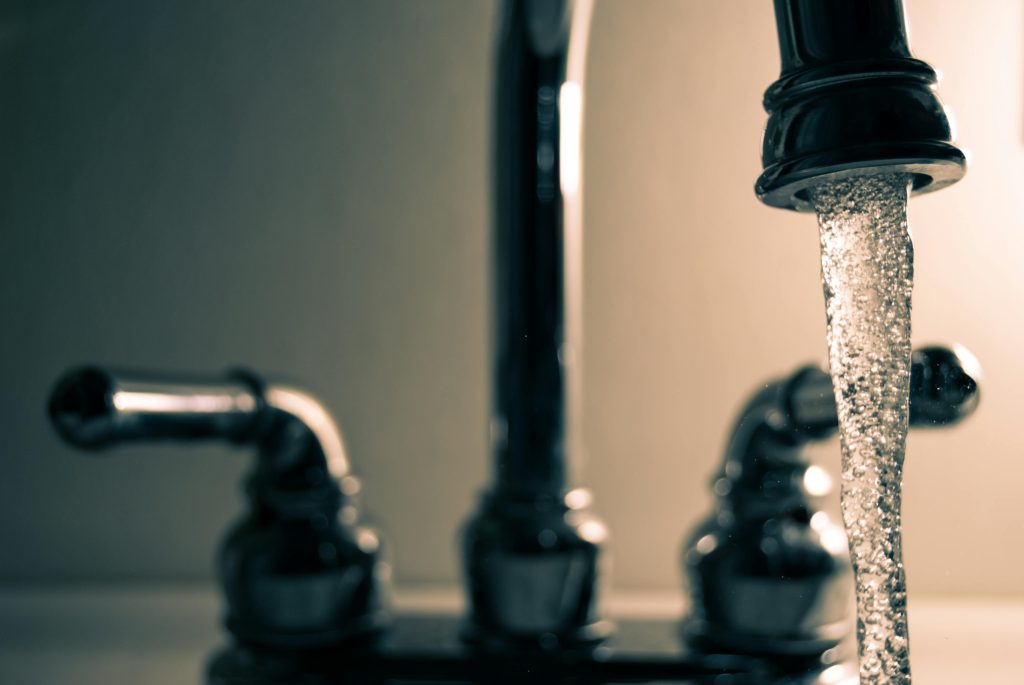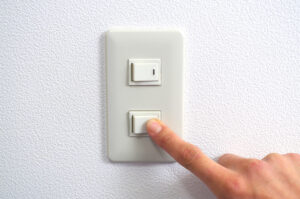
Are utility bills leaving you broke each month? If your water bill is sky-high, you may be wondering how to save money on your water bill. The truth is, utility bills can be a huge financial strain if you aren’t mindful about keeping them in check. Here we’ll give you insider tips on how to slash money from your water bill.
Why Your Water Bill Is So High
High water bills are often an indication of a larger problem. You may be overpaying because of unknown leaks, inefficient appliances, running toilets, or excessive use for things like lawn watering or sprinkler systems. Here’s how you can lower your bill.
1. Check for Leaks
Inspect faucets, toilets, and outdoor hoses. Fix leaks immediately. For example, a running toilet can waste 200 gallons of water per day. Check for silent leaks by adding food coloring to the tank; if the color seeps into the bowl without flushing, you have a leak. You may want to call a plumber to conduct a review of your pipes, just in case there is an internal problem.
2. Upgrade Fixtures
Did you know that if you install low-flow showerheads and faucet aerators, you can cut your bill by up to 30%? Small changes like this can make a big impact on your monthly bill. As far as running toilets, you should switch to dual-flush toilets to use less water for liquid waste. This can save up to 67% of toilet water usage.
3. Adjust Your Sprinkler System
Try to water less or change the times you water to early in the morning or evening to avoid evaporation. Repositioning your sprinkler heads to only focus on your grass, not sidewalks or driveways, can save you money. You should also check for broken or clogged sprinkler heads to prevent waste. Make sure that you aren’t watering during inclement weather. You can also adjust your landscaping so that it is less water-thirsty adding in rocks and drought-resistant plants.
4. Shorten Your Water Consumption
It may seem like common sense, but how to save money on your water bill includes reducing how much water you use. Try to take shorter showers, turn the water off when you brush your teeth, and limit how much laundry and dishes you do per week. Just turning off your water when you brush your teeth can save 4-10 gallons of water per day. It may seem like a small improvement, but every dollar saved counts.
5. Adjust Settings on Your Appliances
If you have energy-efficient appliances, you can adjust the settings to save water. If your appliances aren’t energy efficient, it may be more cost-effective to replace them. For example, modern Energy Star-certified dishwashers and washing machines use 35-50% less water. If your appliances are energy efficient there are a few things you can do to help them. First, pre-wash all your dishes so that you don’t need a rinse cycle on your dishwasher. On your washer, make sure to use the appropriate load size setting on your washing machine to avoid using excess water for small loads.
6. Have Your Water Meter Checked
Did you know that you can request your water meter to be replaced? If your meter is dated, you can call your water provider and request a new one. Older water meters can become inaccurate over time, overestimating your usage and leading to higher bills.
Have your utility bills increased recently? How do you save money on your water bill? Let us know in the comments section.
Read More
Stop Letting Your Money Sit Idle: 6 Tricks to Give Every Dollar a Job
Improving Your Daily Health Routine on a Budget

Teri Monroe started her career in communications working for local government and nonprofits. Today, she is a freelance finance and lifestyle writer and small business owner. In her spare time, she loves golfing with her husband, taking her dog Milo on long walks, and playing pickleball with friends.















